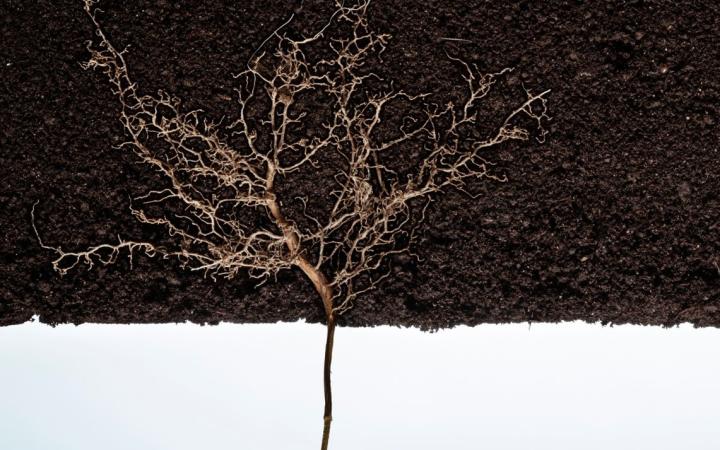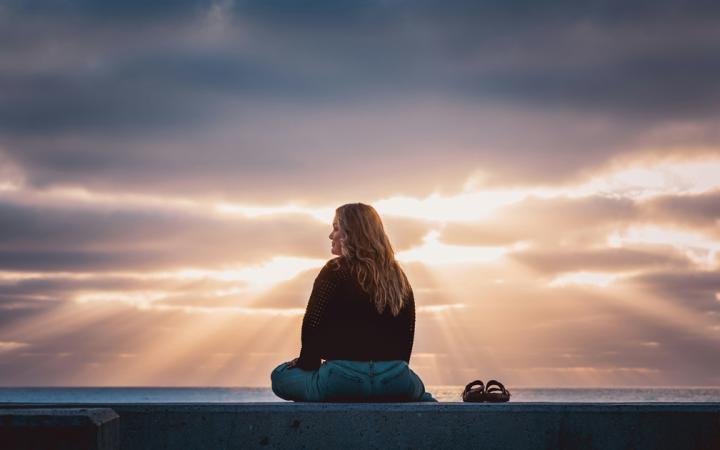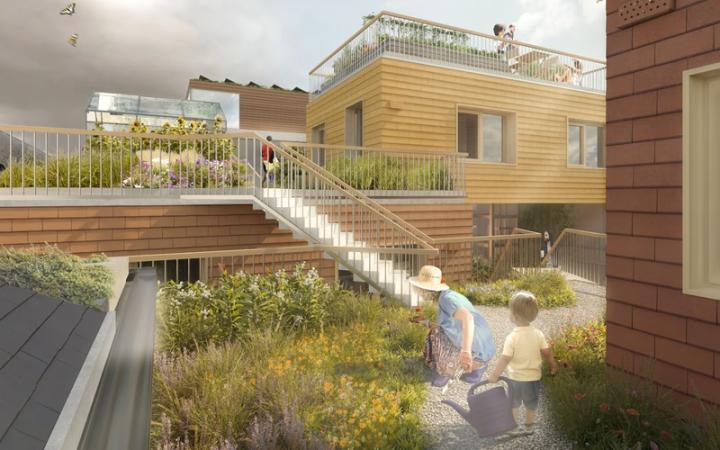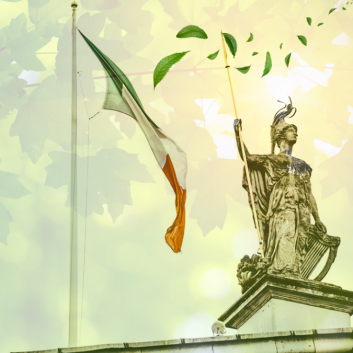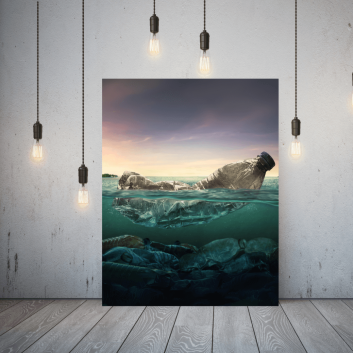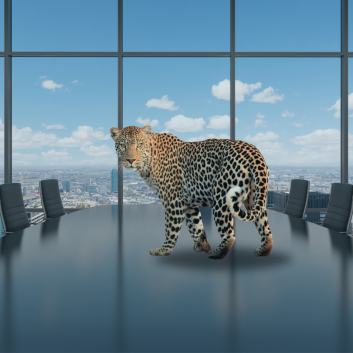Trailblazer collaboration sets new narrative for investing in climate action
While Ireland has the optics of being a green island, it has one of the lowest rates of forest coverage in the European Union.
According to the Irish Agriculture and Food Development Authority, the country witnessed a drastic decline, with only 1 percent of native woodlands remaining compared to 80 percent six thousand years ago.
This might strike as an environmental issue far away from business as usual. Still, a newly forged alliance between a local family business and a charity writes a different narrative.
The Canopy shopping centre in Sligo facilitated a unique collaboration when its owners decided to acquire nearly 90 acres of land for restoration to support Hometree, a charity dedicated to establishing and conserving permanent native woodland.
Situated along the Easkey River in South Sligo, this land is a unique blend of peatland, blanket bog, pockets of ancient Hazelwood, and species-rich grassland.
Ray Ó Foghlu, Hometree's Development Lead, says: "We hope this location will become a showcase site for us and local landowners will see what is possible.
We have plans for a farmer outreach programme here, providing information and financial support for woodland creation along the Easkey River, besides other educational and community programmes.”

Hometree's mission to restore Ireland's ancient oceanic woodlands aligns perfectly with The Canopy`s aim to go beyond the obvious when it comes to sustainability in its business strategy.
Neil Monahan, Director of The Canopy, says they were already familiar with the charity`s work.
When a piece of land became available, they started designing a project that could benefit the environment and people locally, in addition to the business sustainability element of managing their carbon footprint.
“Carbon offsetting can seem distant, but we can make it more relatable with this model. We are also in a unique position to create something entirely new, which can also provide learnings and data to other companies,”
Neil says.
He recalls that initially, they didn`t realise the magnitude of this project and all the positive `side-effects` that later justified their investment on multiple levels.
“At first, it was more about land restoration and planting. Then we realised the added benefits of having such rich biodiversity on site that we can further enhance and the opportunity to use this site for education and community engagement.”
Ray adds that as a science-led organisation, Hometree is now working on establishing the ecological baseline for this area by doing walkovers and surveys in addition to using drones and low-orbit satellites so they understand what`s there right now, allowing their expert team to draw up a tailor-made restoration plan.
He also emphasises that with these types of lands, preventing carbon from being released is the biggest win with restoration.

“It`s like putting a cap on a bottle since peatlands are slow to capture carbon but quick to release it,” Ray says, adding that globally, only 3% of the land is covered by peatland, but it holds 30% of the carbon, making degradation a significant threat."
Currently, they are planning for a 12–24 month period, putting measurable indicators into place so they can integrate the learnings to develop the project further.
Besides the positive environmental and community impact, Neil highlights that it makes perfect business sense since their new branding introduced in 2023 revolves around sustainability.
“We carefully designed the interior spaces of the shopping centre, integrating live plants and trees, even adding a green street within the facility where people can enjoy this environment all year round. We are also implementing solar panels to harness renewable energy besides exploring other areas to improve our sustainability.”
They also actively engage with small, sustainable local businesses and facilitate programmes to engage visitors through art, awareness weeks, educational exhibitions, and other events.
Neil admits that they are on the journey to fully explore the potential of a larger-scale sustainability strategy that would help them properly measure their impact across all main activities and engage their stakeholders, especially the shops operating in the centre.
Still, these initiatives have already proven that taking climate action locally as a business brings multiple direct and indirect benefits, including cost efficiency, brand awareness, and customer engagement.
Therefore, they are committed to building on these initial steps and continuing to make a positive impact, including their land restoration project, which they envision as a long-term collaboration with Hometree that can transform local communities and help with climate mitigation.
When asked how the land could look if they succeed, Ray says he would be glad to feel wet under his foot walking these lands instead of dry and crunchy, to see a great variety of native birds returning alongside other species, and to see a site buzzing with life.
He adds that involving farmers is crucial to making this a reality. In the past 2.5 years, he has worked with hundreds of farmers on land restoration and biodiversity projects.
“I believe observation is the beginning of devotion – you have to see it to fall in love with something. In this case, once we can make farmers see what they have on their farms and understand the benefits, it can change their perspective, and they could become advocates for nature with an additional sense of pride.”
Ray hopes that this specific project at the Easkey River will act as an accelerator by delivering tangible results, feeding into their work to restore 4000 acres of native land through facilitating natural regeneration.
Although significant funding and dedicated resources will be needed to achieve their overall goals with the Wild Atlantic Rainforest project, the first steps are promising.
Headline image: Ray Foley and Jon Dunt from Hometree / Photo by Vincent Monahan, Duck Upon Rock Productions


